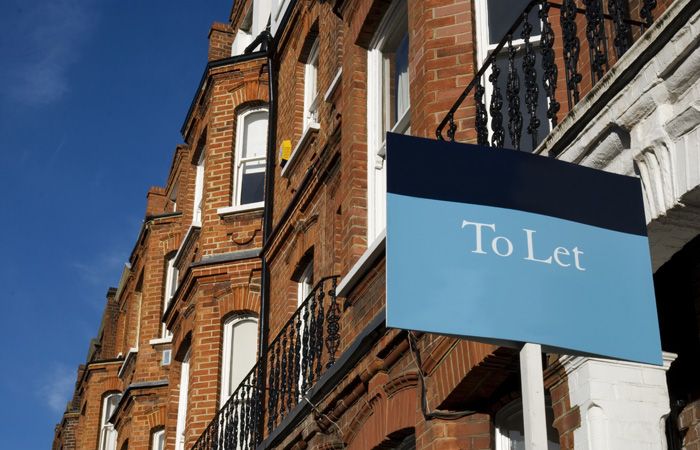
Just over half of landlords bought properties with cash last year, the lowest figure on record, according to estate agents Hamptons.
The estate agents’ survey found 52 per cent of buy-to-let purchases were cash buys in 2020, the lowest level since the survey began eight years ago.
It says rising house prices, record-low interest rates and landlords taking advantage of the 10-month stamp duty holiday, explains the move.
The survey says: “Small and first-time landlords are most likely to take advantage of the holiday, typically those who rely on mortgage finance to fund their purchases.”
First-time landlords making use of the stamp duty holiday, which ends on 31 March, meant that investor purchases made with cash fell to just half of all sales in this sector during the second half of last year.
The share of buy-to-lets bought with cash peaked at 62 per cent in 2017, but has declined every year since then, falling to 60 per cent in 2018 and 58 per cent in 2019.
In 2020, cash landlords spent a total of £11.7bn on new buy-to-let purchases, £1.5bn less than in 2019 and down from a record £19.8bn in 2015.
By comparison, first-time buyers spent £65bn worth on property last year.
Landlords buying in the UK’s least expensive regions remained most likely to buy with cash in 2020, the report says. Almost two-thirds, or 65 per cent, of buy-to-let purchases in Wales were in cash, followed by the North West, 64 per cent, and the North East on 61 per cent.
By contrast, investors in the most expensive regions of the country were most likely to rely on mortgage finance. Just 39 per cent of London landlords and 45 per cent of those in the South East paid cash for their buy-to-lets last year.
The proportion of landlord cash purchases fell in 10 out of 11 regions in Great Britain between 2019 and 2020, the survey notes.
Also, rents for landlords grew for the sixth month running. Rents across the UK rose 4.3 per cent in January 2021, up from 4.1 per cent in December.
The South East topped the rental growth stakes, recording a 10 per cent increase in rents over the last year. This marked the first time a region outside London recorded double-digit rental growth since Hamptons records began.
Rental growth has been driven by falling numbers of these types of homes on the market, with 14 per cent fewer rental properties available than in January 2020. All eleven UK regions recorded double-digit falls in the number of rental homes on the market in the 12 months to January, except for London.
Rens in the capital remained positive for the fourth straight month, rising 1 per cent compared to last January.
However, the survey says “this growth masks an inner-outer divide” with inner London rents falling 15.9 per cent year-on-year, while outer London rents rose 6.2 per cent.
Inner London rents rely more heavily on foreign tenants, whose numbers have fallen markedly due to travel restrictions imposed by the pandemic.
This pandemic-induced divide means inner London rents stand just 24 per cent higher than outer London rents, down from a differential of 100 per cent in April 2013.
The average rent for a home in inner London cost £2,213 per month in January, the survey says, meaning rents in London’s inner zones now cost 17 per cent less than they did eight years ago in January 2013 when the index began.
Hamptons head of research Aneisha Beveridge says: “Since 2016 the rental sector has been buffeted by tax and regulatory changes, resulting in 250,000 fewer rental homes in England since the sector’s peak in 2017. But record-low interest rates on cash in the bank combined with the lure of a stamp duty holiday has enticed a new generation of investor, many of whom had no previous landlord experience.”
Beveridge adds: “Rental growth outside the capital continues to strengthen, running at a five-year high. A shortage of stock outside city centres has seen landlords push rents to above what they were achieving pre-COVID. In January more than two-thirds of landlords letting a home in Great Britain achieved a higher rent than they had previously let it for, and by an average of £60 per month.”



